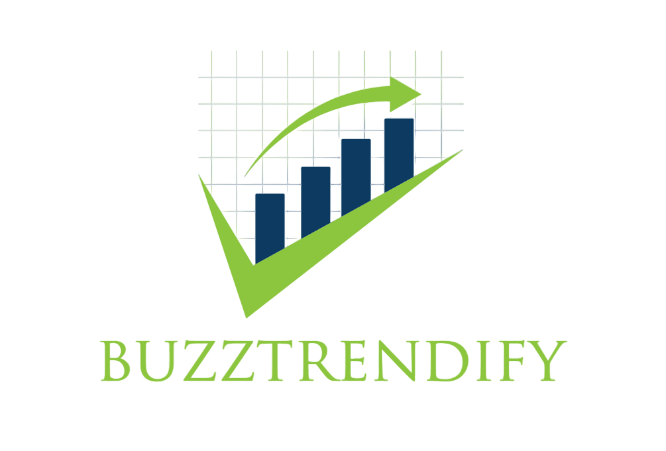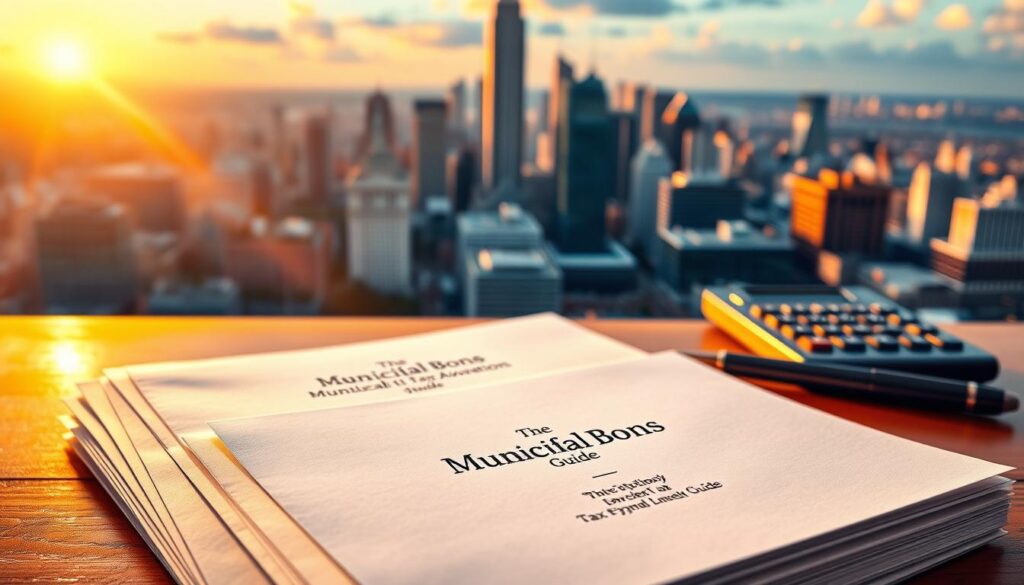When you invest, the goal is simple: make your money grow as much as possible. But there’s a silent factor that often gets overlooked—taxes. Taxes can take a significant bite out of your investment returns, reducing what you actually get to keep. What if you could find investments that not only offer attractive returns but also shield that income from the taxman?
This is where the powerful combination of high yield and tax-free benefits comes into play. It’s a strategy designed to boost your net returns by minimizing what you lose to taxes. Think of it like finding a faster lane on the highway that also happens to be a toll-free road. You get to your destination quicker and with more money in your pocket.
This guide will explore the world of High Yield Tax Free Investments. We’ll break down what they are, the different types available, and their unique benefits and risks. Understanding these yield-boosting strategies can be a game-changer for your long-term savings and help you build wealth more efficiently.
What Are High Yield Tax Free Investments?
The concept sounds ideal, but what does it actually mean? Let’s break it down:
- High Yield: This term refers to investments that offer a higher level of income (or yield) compared to safer, lower-risk alternatives like government bonds or high-grade corporate bonds. This higher yield is typically offered as compensation for taking on a bit more risk.
- Tax-Free: This means the income generated by the investment is exempt from federal income tax. In some cases, it can also be free from state and local taxes, providing an even greater benefit.
When you combine these two, you get High Yield Tax Free Investments: financial instruments that aim to provide above-average income streams that are not subject to federal income tax. The most common examples are certain types of municipal bonds and the bond funds that invest in them.
This strategy allows you to keep more of what you earn, which can dramatically accelerate the power of compounding over time. For investors in higher tax brackets, the advantage is even more pronounced.
Types of Investments That Qualify
While the category might sound niche, there are several ways to access high-yield, tax-free income streams.
1. High-Yield Municipal Bonds
This is the most direct way to get high-yield tax-free income. Municipal bonds, or “munis,” are loans made to state and local governments. While standard, high-quality munis are known for safety and modest tax-free yields, high-yield munis are different. These are bonds issued by governments or projects that have a lower credit rating (typically below “investment grade”). Because there’s a higher risk that the issuer might struggle to repay the debt, these bonds offer a much higher interest rate to attract investors. You can read more about how the IRS views tax-exempt bonds on its website.
2. Tax-Free Mutual Funds and ETFs
For investors who don’t want to buy individual bonds, mutual funds and exchange-traded funds (ETFs) are an excellent option. These funds pool money from many investors to buy a diversified portfolio of hundreds or even thousands of municipal bonds.
- High-Yield Muni Bond Funds: These funds specifically focus on lower-rated municipal bonds to generate a higher level of tax-free income. They provide instant diversification, which helps to spread out the risk associated with any single bond. Forbes Advisor provides a list of the 10 Best High-Yield Bond Funds, which often includes muni fund options.
- Leveraged Muni ETFs: Some ETFs use leverage (borrowed money) to try and amplify the returns from their municipal bond holdings. This can increase the yield but also significantly increases the risk. You can explore some of the top high-yield muni bond ETFs at Investopedia.
3. Government-Backed Savings Bonds
While not “high-yield” in the same way as lower-rated munis, some U.S. savings bonds, like Series I and EE bonds, offer tax benefits that can boost your overall return. The interest is subject to federal income tax but is exempt from all state and local taxes. Furthermore, if you use the proceeds to pay for qualified higher education expenses, the federal tax may be waived, making the income entirely tax-free.
Benefits and Risks of High-Yield Tax-Free Investing
This strategy offers compelling advantages, but it’s crucial to balance them against the inherent risks.
The Benefits
- Higher After-Tax Yields: This is the primary draw. For someone in a high tax bracket, a 5% tax-free yield from a municipal bond can be equivalent to a 7% or 8% yield from a taxable bond. This tax-exempt interest means more money stays in your pocket.
- Potential for Increased Income: The higher yields can provide a significant boost to your portfolio’s overall income generation, which is particularly valuable for retirees or others seeking cash flow.
- Portfolio Diversification: Municipal bonds generally have a low correlation with the stock market. This means they can add a layer of stability to your portfolio, as their prices don’t always move in the same direction as stock prices.
The Risks
- Credit Risk (or Default Risk): This is the most significant risk with high-yield bonds. Because these bonds are issued by entities with weaker financial standing, there is a greater chance they could default on their payments. This is the reason they offer a higher yield—to compensate for this risk.
- Interest Rate Risk: Like all bonds, their market price is sensitive to changes in interest rates. If interest rates in the economy rise, the value of existing bonds with lower rates will fall.
- Call Risk: Many municipal bonds are “callable,” which means the issuer has the right to repay the bond early. They are most likely to do this when interest rates have fallen. This is bad for the investor, who is then forced to reinvest their money at the new, lower rates.
With High Yield Tax Free Investments: Grow Your Savings Securely is about choosing investments that not only offer strong returns but also protect what you earn from taxes. These strategies allow you to keep more of your income, grow your wealth steadily, and fund your long-term goals with confidence.
Real-World Examples & Case Studies
Let’s look at how this plays out for different investors.
Case Study 1: The High-Income Professional
Dr. Evans is a surgeon in the 35% federal tax bracket. She is looking for ways to generate income from her savings without adding to her already high tax bill. She considers two options:
- A corporate bond fund yielding 6.5%.
- A high-yield municipal bond fund yielding 5%.
On the surface, the 6.5% yield looks better. But after taxes, the picture changes. The 6.5% taxable yield becomes just 4.23% after her 35% tax rate. The 5% yield from the muni fund is entirely hers to keep. By choosing the high-yield tax-free option, she gets a significantly better after-tax return.
Case Study 2: Comparing Taxable vs. Tax-Free Yields
An investor named Ben wants to see how to compare yields directly. He uses a simple formula: Tax-Equivalent Yield = Tax-Free Yield / (1 – Your Marginal Tax Rate).
He’s considering a 4.5% tax-free muni bond and is in the 24% tax bracket.
Tax-Equivalent Yield = 4.5% / (1 – 0.24) = 4.5% / 0.76 = 5.92%.
This means the 4.5% tax-free bond is equivalent to a taxable bond yielding 5.92%. If he can’t find a taxable bond of similar risk with a yield higher than 5.92%, the muni bond is the better choice. You can use our financial calculators to do this math easily.
How to Build a High-Yield Tax-Free Strategy
If this approach sounds right for you, here are the steps to build a smart strategy.
- Assess Your Tax Bracket: The higher your income tax bracket, the more you benefit from tax-free investments. If you’re in a low tax bracket (10% or 12%), you might find that a taxable bond offers a better after-tax return.
- Understand Your Risk Tolerance: High-yield means high-risk. Be honest with yourself about how much risk you are willing to take. If the thought of a potential default keeps you up at night, you may be better off with higher-quality, lower-yielding municipal bonds.
- Diversify Your Holdings: Never put all your money into a single high-yield bond. The best way to manage credit risk is to diversify. This is why bond funds and ETFs are an excellent choice for most investors. They spread your investment across many different bonds, minimizing the impact of any single default. You can see a list of some of the best municipal bond funds at Bankrate.
- Consider Bond Laddering: If you are buying individual bonds, a laddering strategy can help manage interest rate risk. This involves buying bonds with different maturity dates (e.g., 2, 4, 6, 8, and 10 years). As each shorter-term bond matures, you can reinvest the principal at the current interest rates.
Frequently Asked Questions (FAQ)
Here are answers to some common questions about high-yield tax-free investing.
1. Are high-yield muni bonds riskier than regular municipal bonds?
Yes, significantly. Regular (investment-grade) municipal bonds have a very low historical default rate. High-yield municipal bonds are issued by entities with weaker credit, so the risk of default is much higher. This is the trade-off for the higher yield.
2. What counts as tax-free income in investments?
Primarily, it refers to the interest earned from municipal bonds, which is exempt from federal income tax. Some U.S. savings bonds may also offer tax-free benefits under certain conditions. It does not refer to capital gains from selling an investment for a profit.
3. How do I compare taxable vs. tax-free yields?
Use the tax-equivalent yield formula: Tax-Free Yield / (1 – Your Federal Tax Rate). This tells you what yield a taxable bond would need to offer to be equivalent to the tax-free bond.
4. Can I use these investments in retirement accounts like an IRA or 401(k)?
You can, but it’s usually not a good idea. Retirement accounts like IRAs and 401(k)s are already tax-deferred or tax-free. Holding a tax-free investment inside a tax-advantaged account is redundant—it’s like wearing a raincoat indoors. You get no extra tax benefit, and you’re likely sacrificing a higher potential yield from a taxable investment.
5. What fees should I watch for in bond funds or ETFs?
Look for the “expense ratio.” This is an annual fee that all funds charge, expressed as a percentage of your investment. For bond funds, look for expense ratios that are as low as possible, as fees can eat into your returns.
6. Who should consider high-yield tax-free investing?
This strategy is best suited for investors who are in a high federal income tax bracket, have a higher tolerance for risk, and are looking to generate a steady stream of tax-free income as part of a diversified portfolio. For a deeper look, check out this Forbes article on hunting for value in high-yield municipal bonds.
Conclusion: A Smart Path to Higher Net Returns
The world of High Yield Tax Free Investments offers a unique opportunity to boost your portfolio’s income while legally shielding it from taxes. While the “high-yield” component introduces risks that must be respected and managed, the benefits for the right investor can be substantial. For those in high tax brackets with a healthy appetite for risk, this can be a powerful tool for long-term savings and wealth creation.
The key is to do your homework. Evaluate your tax situation, understand your risk tolerance, and prioritize diversification. By making informed decisions, you can harness the power of this strategy to make your money work harder for you.
Ready to explore which investment strategies are right for you? Use our investment tools to analyze your options or read our latest financial insights to stay ahead of the curve.

